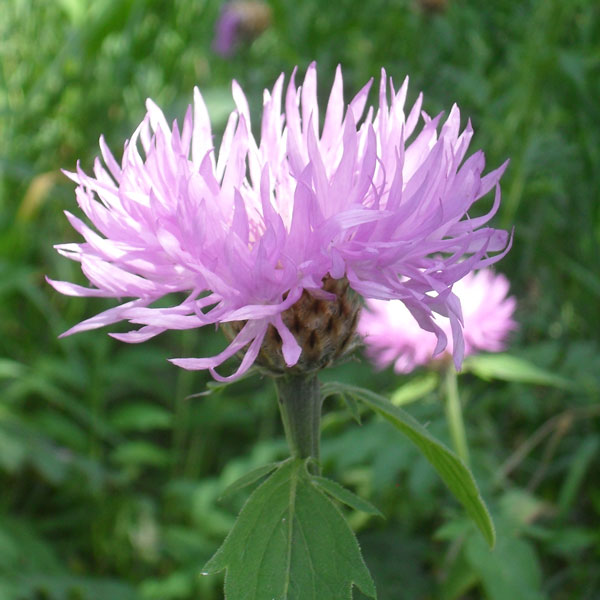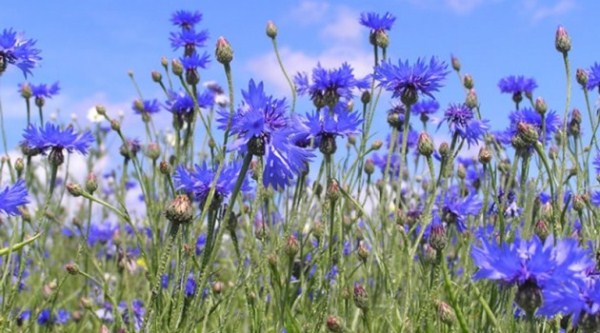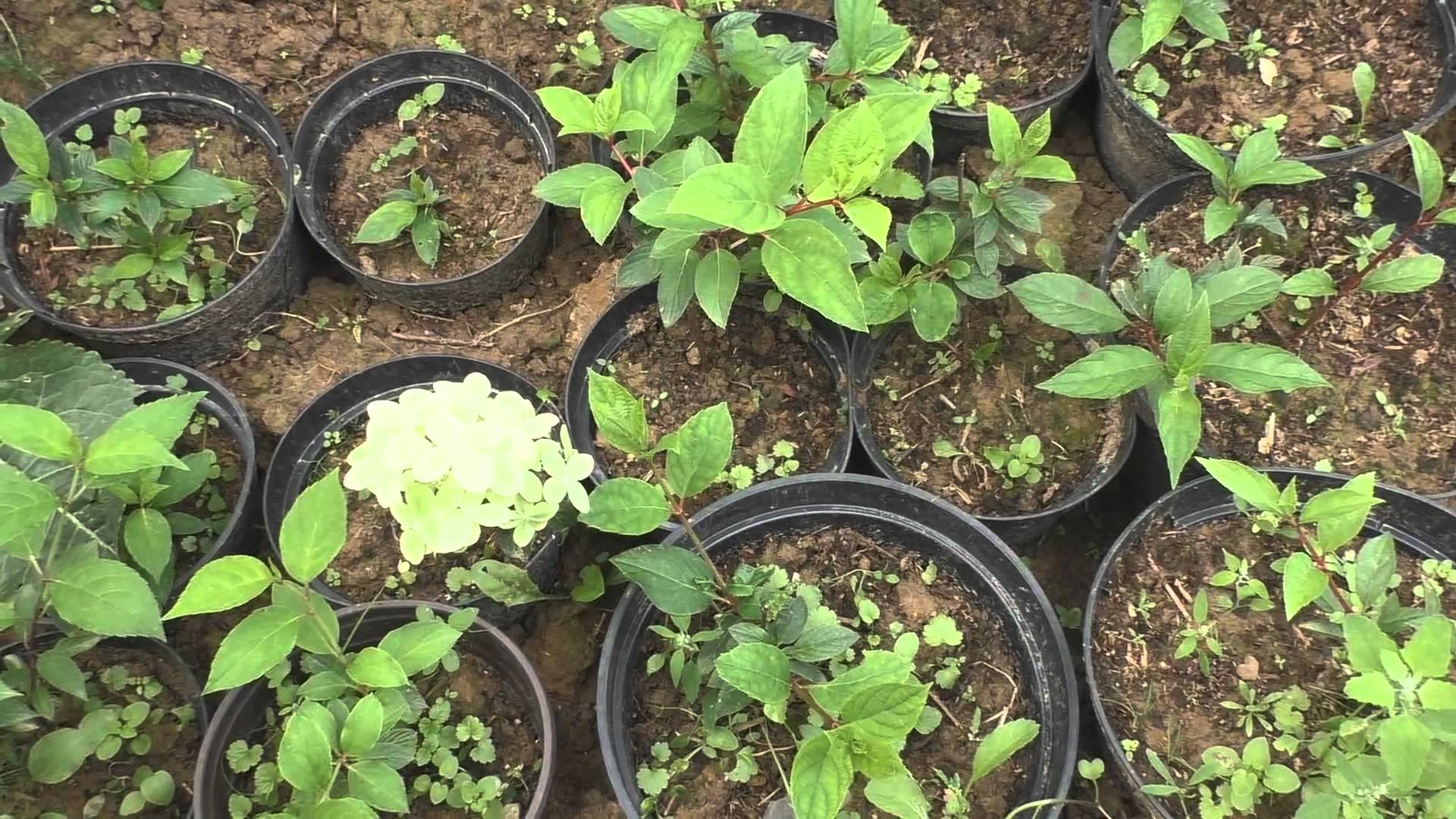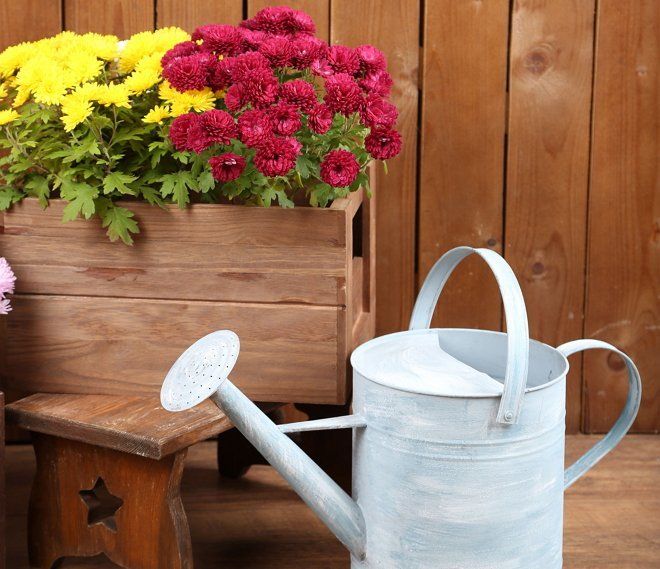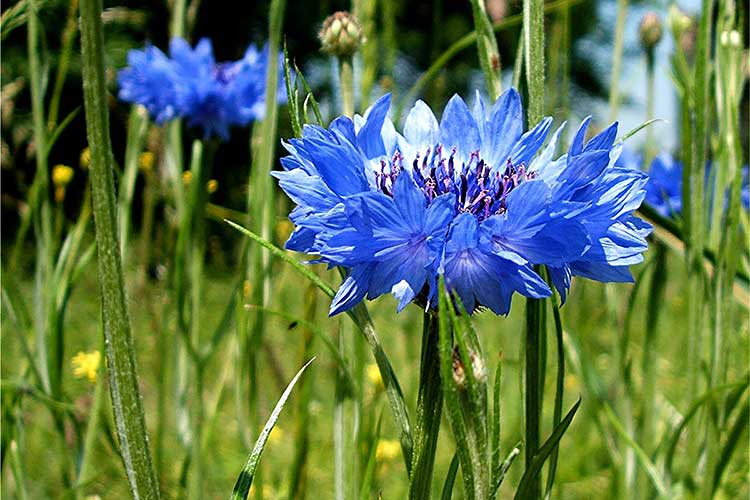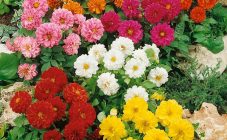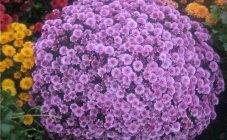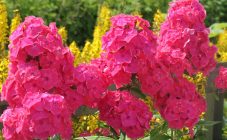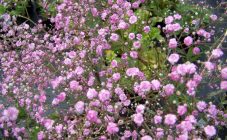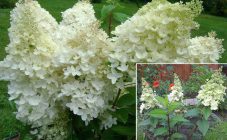Content:
Perennial cornflowers, which are called Centaurea in Latin, will become a worthy decoration of the garden. These plants easily adapt to any conditions, are unpretentious in care and are successfully grown in Russia and the world. To grow them, you need to know what a cornflower looks like, where cornflowers grow, how to collect cornflower seeds, and other issues related to agricultural technology.
Brief description of the flower
Cornflower from the Asteraceae family (Asteraceae) belongs to herbaceous plants. Includes several species, most of which originate from southern Europe. Today it is ubiquitous throughout Europe and most often grows as a weed on plantations of grain crops, primarily rye. Most of the species are found in Russia, and some of them are included in the Red Book. These include:
- pine cornflower;
- cornflower Dubyansky;
- cornflower Talieva.
Externally, perennial cornflower is a beautiful plant, the shoots of which can be recumbent or erect, depending on the structure. Their height can reach 120 cm. The foliage is arranged alternately, the shape varies from whole to motley-dissected. Inflorescences are presented in the form of baskets of various shapes: from the usual spherical to cylindrical. Scaly envelopes are either bare or pubescent. They are arranged in several pieces or located one by one in paniculate and corymbose inflorescences. Along the edges are funnel-shaped flowers, most often tubular. Their color is in most cases blue or blue, but there are other options:
- white;
- pink;
- burgundy;
- yellow;
- purple;
- red;
- blue.
The root system in different species is also very different and can be presented in the following forms:
- formed due to the large number of root overgrown offspring;
- with a powerful and deep root shaft;
- with oblong branched rhizomes;
- with a shortened strongly branching root forming a curtain;
- with a powerful and thickened spine.
This plant can be cultivated for its beauty. They are often planted near schools and kindergartens to saturate territories with greenery and bright inflorescences. They go well with camomiles and bells. The useful value of the cornflower flower is very high due to the fact that it is a honey plant, which can attract pollinating insects to a flower bed or to an orchard.
Cornflowers have a therapeutic diuretic effect, which leads to the use of folk remedies based on them for the treatment of renal diseases. The petals of the plant are rich in other medicinal properties. Due to its powerful aroma, the flowers can be used in cooking as a seasoning, as well as for cosmetic purposes.
Types and varieties
In nature, the cornflower is represented by more than 500 different species, which differ from each other in inflorescences, the appearance of flowers, the shape of the foliage, the elongation of the shoots, the root system and other external indicators. The most common among them are the following:
- Blue cornflower is the most widespread variety in Russia. A herbaceous annual or biennial plant with an erect stem about 80 cm high. The foliage is grayish-green, alternating, woolly-spiderweb.The leaves in the lower part of the plant are petiolate, and all the remaining ones are linear, entire, sessile. Inflorescences are presented in the form of single baskets, placed along the edges of the leafless parts of the shoots. When asked when cornflowers bloom, one can answer that flowering begins in early summer and lasts until the end of autumn.
- Cornflower large-headed is a perennial plant up to 120 cm high with yellow flowers of varying saturation, up to 7 cm in diameter. Flowering lasts for one and a half months, starting in July.
- Cornflower meadow is another perennial herb about 80 cm in height. The stem is rigid, erect, ribbed. The plant is completely covered with a cobweb or grayish cover. The foliage is ovate-lanceolate or lanceolate alternately. The upper and central leaves are sessile, while the lower ones are attached to the stem with petioles. Inflorescences are basket-like, mauve almost white.
- Whitewashed cornflower. It is a perennial plant with an upright 60 cm stem, very spreading, branched and densely foliated. The upper leaves are green, slightly pubescent, while the lower ones are whitish, dissected-pinnate, have an oval shape and are held on elongated petioles. The plant has beautiful bright pink flowers 4 cm in diameter, blooming from the beginning to the end of summer.
- Cornflower pink. Herbaceous perennial plant with a stem 1 m high. Stems are erect. Leaves are light green, lanceolate-oblong. The inflorescences are enlarged, located singly, 5 cm in diameter. Blooms in early July and blooms for another month and a half.
- Cornflower is white. A herbaceous perennial a quarter meter high, distinguished by white double flowers, grouped in basket-like inflorescences 4 cm in diameter. The species is in the European Red Book.
- Cornflower yellow. A perennial shrub of a pronounced cylindrical shape up to 1 m high. It has bright yellow flowers up to 5 cm in diameter. Lanceolate-oblong leaves are placed on thickened straight stems.
- Eastern cornflower. Predominantly wild perennial 80-120 cm in height with pinnately-divided foliage, holding on to oblong petioles. The flowers are yellow, collected in inflorescences-baskets.
- Field cornflower - a grass of one year, 0.6 m high. The foliage is linear-lanceolate, gray-greenish in color. The upper foliage is solid, the lower one is slightly lobed. Basket inflorescences are located singly, the color of cornflowers is usually blue-blue. It blooms from late spring to late summer.
The most common varieties of cornflowers are:
- Captivity of Azurea;
- Captivity of Carminea;
- Captivity of Rosea;
- Blue Diadem;
- Black Bel;
- Florence Pink.
Growing and caring for a plant
Cornflower is not just a field weed. Decorative varieties look very good on the site.
Place selection
Cornflowers are flowers that belong to the category of heat-loving plants. In this regard, it is necessary for them to choose an open area where the rays of the sun can easily penetrate. Plants should not be planted too close together to avoid excessive shading. It is worth providing a spatial isolation of 15-50 cm, depending on the type and variety.
The plant is best cultivated on light loams. From this it follows that lime should be added on oxidized soils from autumn. It is also recommended to add sand or sawdust to give the soil extra looseness. Cornflower reacts negatively to the close occurrence of groundwater, so you should first take care of the organization of the drainage system.
Sowing with seedlings
It is recommended to sow cornflower seeds for seedlings either a month before transplanting seedlings into open ground, or a month before the end of the frost period.In most cases, this procedure is carried out in the last days of March - the first April decade.
You need to prepare in advance either peat pots or suitable containers, which are filled with a special soil mixture for flower plants. When the containers are full, the soil in them is abundantly moistened and then the water is allowed to drain. After that, 3-4 seeds are sown in each pot and lightly sprinkled with earth. The containers are covered with plastic wrap to create a greenhouse effect. The containers are placed in a warmed place, which, along with high humidity, will accelerate the germination of seedlings.
When the seeds germinate, the film should be removed and the vessels should be moved to a place full of sunlight. When 2 true leaves are formed in plants, the plantings are visually inspected for the selection of the strongest and most fully formed specimens. They are left for subsequent cultivation, and all other seedlings are pinched at the level of the soil surface. During this period, seedlings are also fed with a complex fertilizer, previously dissolved in water.
Sowing seeds in open ground
For this procedure, a period is selected when the soil warms up well enough. Most often this time falls on the end of April - beginning of May. After 1-2 weeks, the first shoots will appear.
When cultivating perennial cornflowers, planting is recommended in the fall in a little frozen ground. The seeds spend the winter well under the soil layer and with the onset of spring they immediately start growing.
Watering and feeding
Cornflower is a flower that does not like excess moisture. In this regard, moderate irrigation is carried out only in arid conditions with a prolonged absence of precipitation. In rainy periods, they do without watering.
In the early stages of plant cultivation, crops must be weeded regularly. When the bush grows large, it will be able to drown out all the weeds. Approximately 1 time in 2-3 weeks, a slight loosening of the soil is carried out.
Fertilization for cornflowers is most often practiced in order to increase the continuation of their flowering period. The optimal mode of application of dressings is 1 time in 2 weeks. It is recommended to use complex preparations (crystalin, nitroammofosk) at the rate of 20-30 g of substance per 1 m² of area.
Pruning
This procedure is carried out in order to increase the level of plant aesthetics, as well as to avoid self-seeding of plants. They practice 2 pruning methods: low and high. In the first case, the height of the plantings after the procedure should not exceed 10 cm. High pruning involves shortening the stems directly under the inflorescences. This method is more preferable for beginners.
Plant propagation
In addition to seed propagation on cornflowers, root cuttings and bush division are also used. Under natural conditions, plants reproduce by self-seeding after flowering is complete.
The division of the bush is carried out at the end of summer, when the flowering period is over. The mother plant is dug out of the ground, thoroughly shaken off and the roots washed. Excess shoots are cut out, after which the side part is separated from the plant. There must be at least 3 buds on the division. Then it is transplanted to a permanent place and the bottom pruning is carried out. The transplanted part of the plant needs more frequent watering, which is carried out every other day, but in moderate volumes, avoiding waterlogging. Next year, this plant will already begin to bloom fully.
Diseases and pests
Cornflower refers to plants that are rarely affected by certain diseases or harmful insects. Only fungal diseases and mites can cause significant damage to plantings.
The main disease of cornflowers is fusarium, which is expressed in a painful change in the appearance of the foliage.In this case, all the affected areas must be removed and the cut sites must be treated with special means.In hot weather, the plantings can be attacked by a spider mite, which provokes yellowing of the foliage and the formation of dark spots on it, followed by falling off. All fallen leaves are immediately removed, and the plants themselves are sprayed with soapy water twice a day.
Ease of care, a variety of species and varieties, and a pleasant decorative appearance make cornflowers promising for cultivation in gardens and flower beds. Growing it will not bring significant hassle and economic costs. Knowing which species to choose and how to grow it, you can get stunning beauty of the plantation.

